
Games that let you destroy things – whether it’s making small holes or demolishing entire buildings – can make every challenge a unique problem to solve. The most impressive ones don’t just show damage, they make the game world realistically react to it. Think of cover crumbling, buildings collapsing, and materials breaking precisely where you hit them. Here are some excellent games where destruction isn’t just cool to watch, it’s key to how you play and succeed.
‘Red Faction: Guerrilla’ (2009)
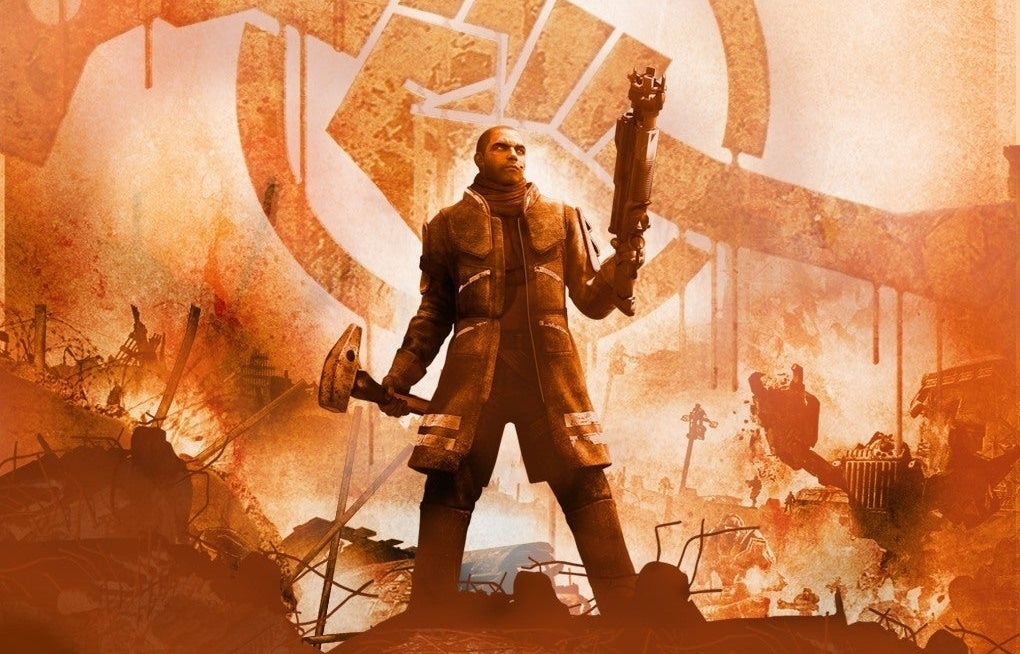
This action game takes place in a vast, open world where players can destroy almost anything, from any direction, thanks to the advanced GeoMod 2.0 engine. The game realistically simulates building structures – weakening key supports like beams and columns will cause collapses. Missions often require precise demolitions, such as bringing down structures onto enemies. Weapons and vehicles behave predictably when they interact with the environment, so careful planning is key to success.
‘Battlefield: Bad Company 2’ (2010)

The game’s multiplayer maps are designed to be destroyed, with buildings and cover collapsing realistically under fire. The game engine precisely tracks damage, causing walls to break apart with repeated hits. Players can strategically eliminate enemy cover to force opponents to move and create new angles of attack. Powerful weapons and explosives can even blast holes through buildings, allowing for surprising flanking maneuvers.
‘Battlefield 4’ (2013)

Multiplayer maps are dynamic, changing as players battle. Attacks can reshape the environment – routes can be altered, walls and cover damaged, and even parts of levels flooded or collapsed. The game realistically simulates the effects of combat, with debris creating new obstacles and cover, and consistent damage from both guns and explosives.
‘Battlefield 1’ (2016)

Battlefields are set during World War I and change as you play. Explosions from artillery and tanks leave craters that soldiers can use for cover. Buildings are gradually destroyed, creating new ways to approach the fight and set up ambushes. Teams that can quickly adjust to these changes have the best chance of winning.
‘Rainbow Six: Siege’ (2015)

The game features maps designed with destructible environments – walls, floors, and ceilings can be broken open using tools or explosives. This creates ever-changing sightlines as players make new openings and shift their positions. Different materials react differently to various gadgets, encouraging strategic planning before each round. Players need to consider all angles, including above and below, as ceilings and floors are often compromised during gameplay.
‘Teardown’ (2020)

Each level is a completely open sandbox built from individual blocks, allowing you to cut, burn, or destroy almost anything. Different materials – like wood, glass, concrete, and metal – react uniquely when impacted by tools or vehicles. Players can carefully plan robberies by creating their own paths and shortcuts, which remain even when the alarm is triggered. Realistic physics govern how debris and fire behave, leading to unexpected and creative solutions.
‘Just Cause 3’ (2015)

Bases and buildings can be carefully taken apart using explosives and strong ropes. Key targets like fuel tanks, radar systems, and statues can be destroyed to shift control of the area. A special rope tool lets you pull structures apart by connecting and applying force to different points. Cleverly setting off chain reactions is a great way to quickly clear out enemy bases.
‘Just Cause 4’ (2018)
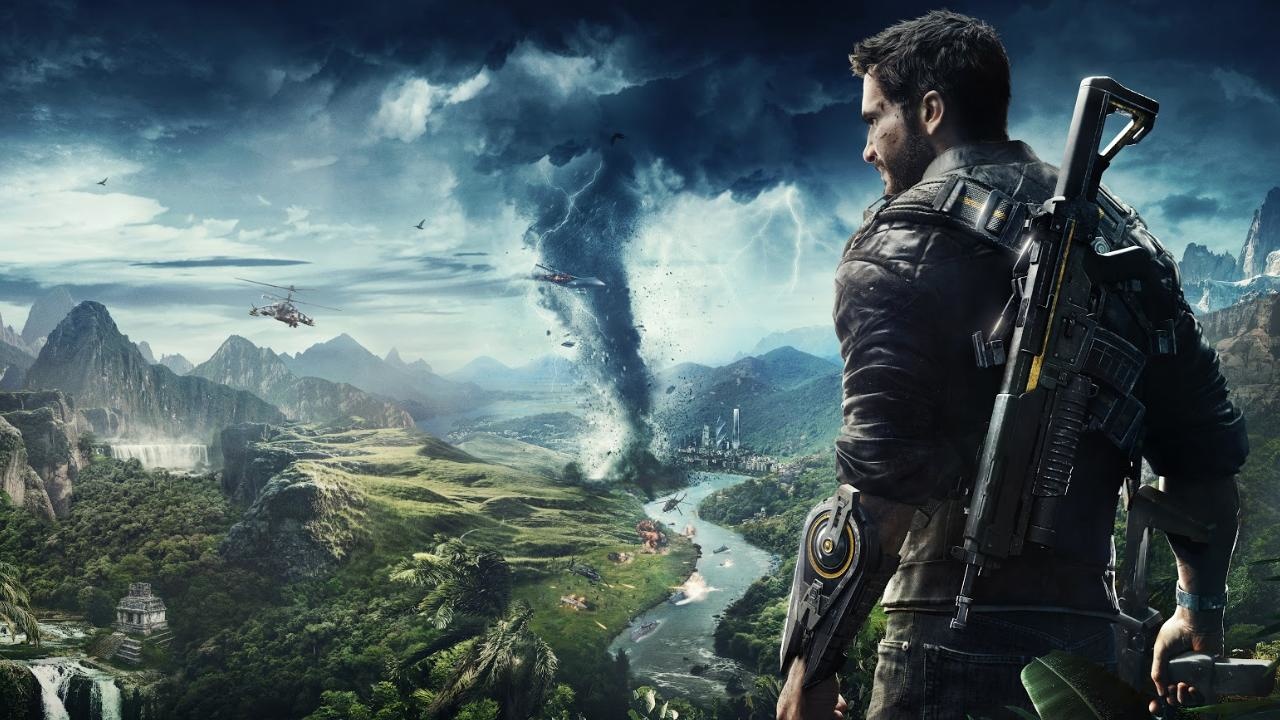
Players can now cause more destruction with versatile vehicles and realistic weather that increases the impact of explosions. New tools like tethers with boosters and balloons allow for creative attacks from any direction. Bases are designed with many connected parts, so destroying one component can set off a chain reaction. This creates opportunities for complex, large-scale takedowns of major structures within the open world.
‘Wreckfest’ (2018)
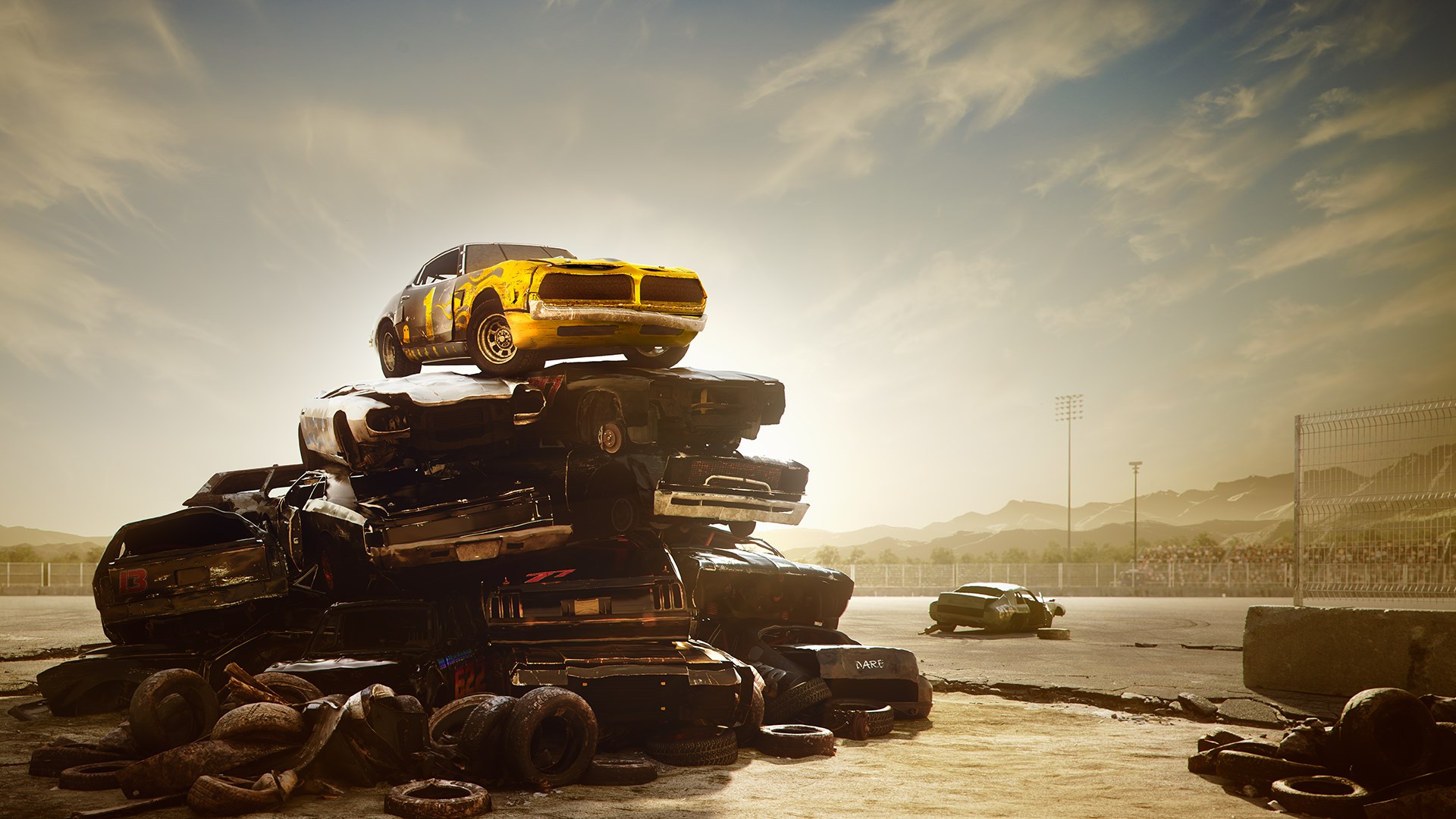
Car bodies bend and break realistically when they collide, depending on how hard and from what angle they’re hit. This damage – like crumpled panels, twisted frames, and misaligned wheels – impacts how the car handles and performs, ultimately affecting the race. The track also gets covered in pieces from the crashes, changing the best path to take. The game even features modes that let you strategically use collisions, taking the realistic damage system into account.
‘BeamNG.drive’ (2013)
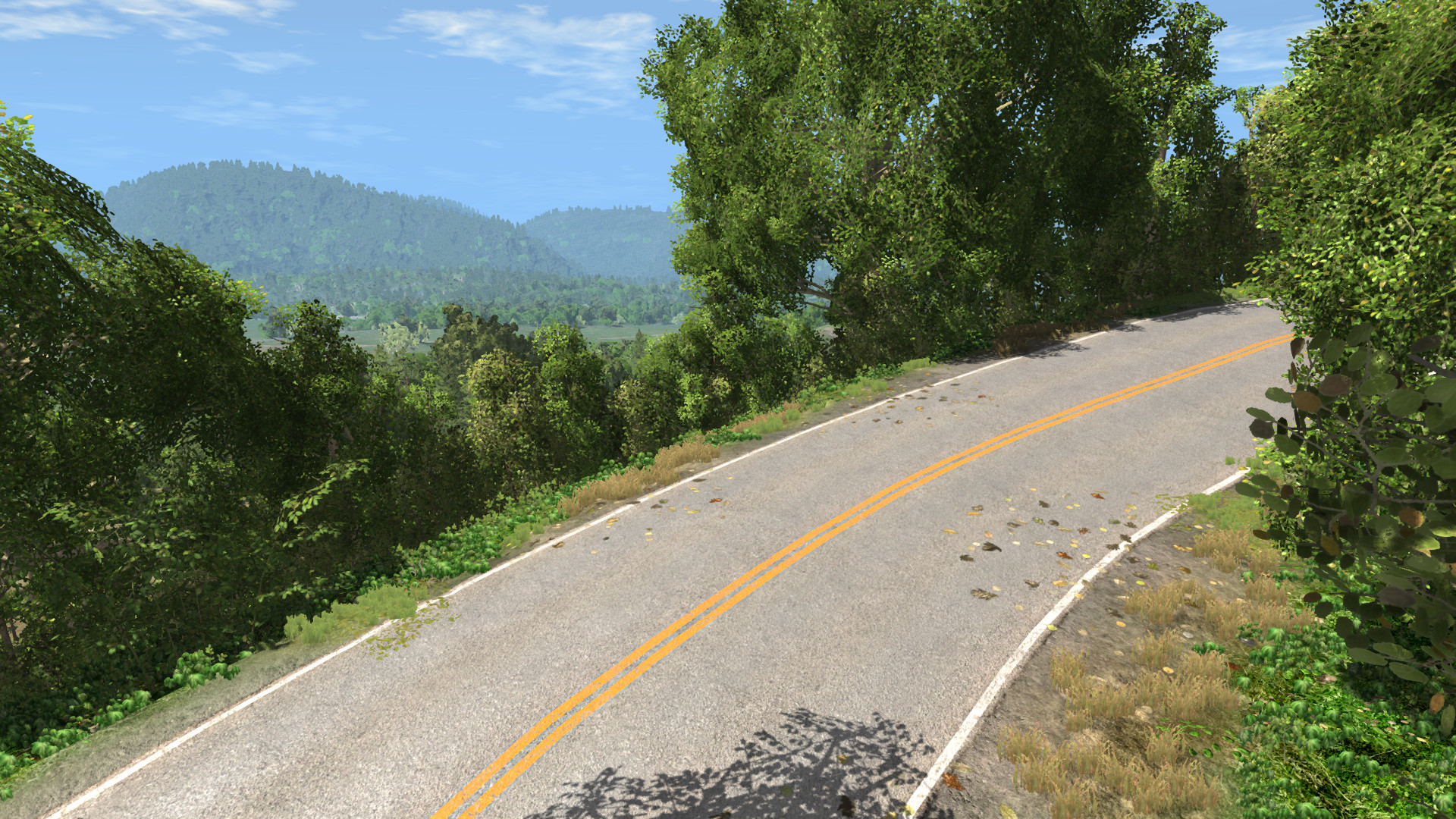
Cars in the game realistically bend and break thanks to a detailed physics system that simulates how parts react to stress. This means suspension, frames, and body panels will realistically fail, affecting how the vehicle handles. Players can test out crashes in various scenarios or during free driving, and then experiment with repair options. The game also allows for modifications and detailed analysis of the damage system using special tools.
‘Minecraft’ (2011)
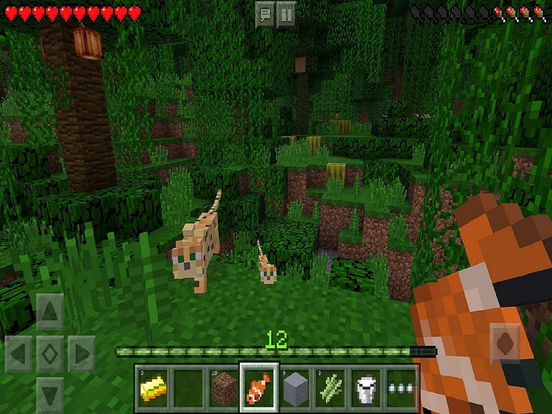
The game world is made up of blocks that can be broken down, each with its own strength and the tools needed to mine it. Players dig and remove these blocks to collect materials and change the landscape. Using redstone and explosives, they can carefully create quarries and tunnels. Large-scale community projects often involve controlled demolitions to efficiently clear space.
‘Fortnite’ (2017)
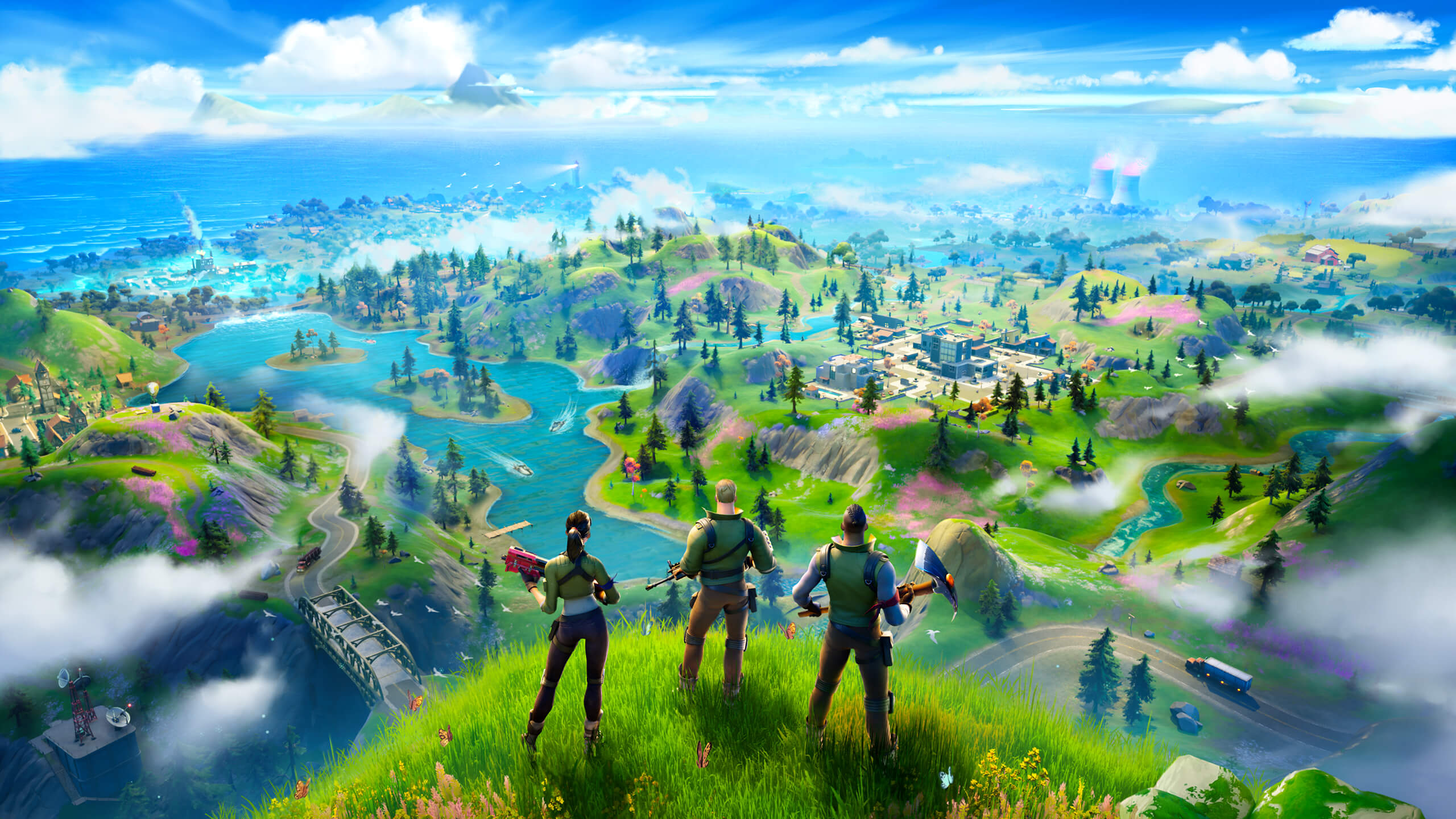
Both gathering resources and fighting depend on quickly and efficiently breaking down objects. Each material has a set amount of health, helping players choose the right weapons and time their attacks. Players can also quickly dismantle their own creations to open up new paths during battles. Plus, the environment consistently provides resources needed to build quickly.
‘Besiege’ (2015)
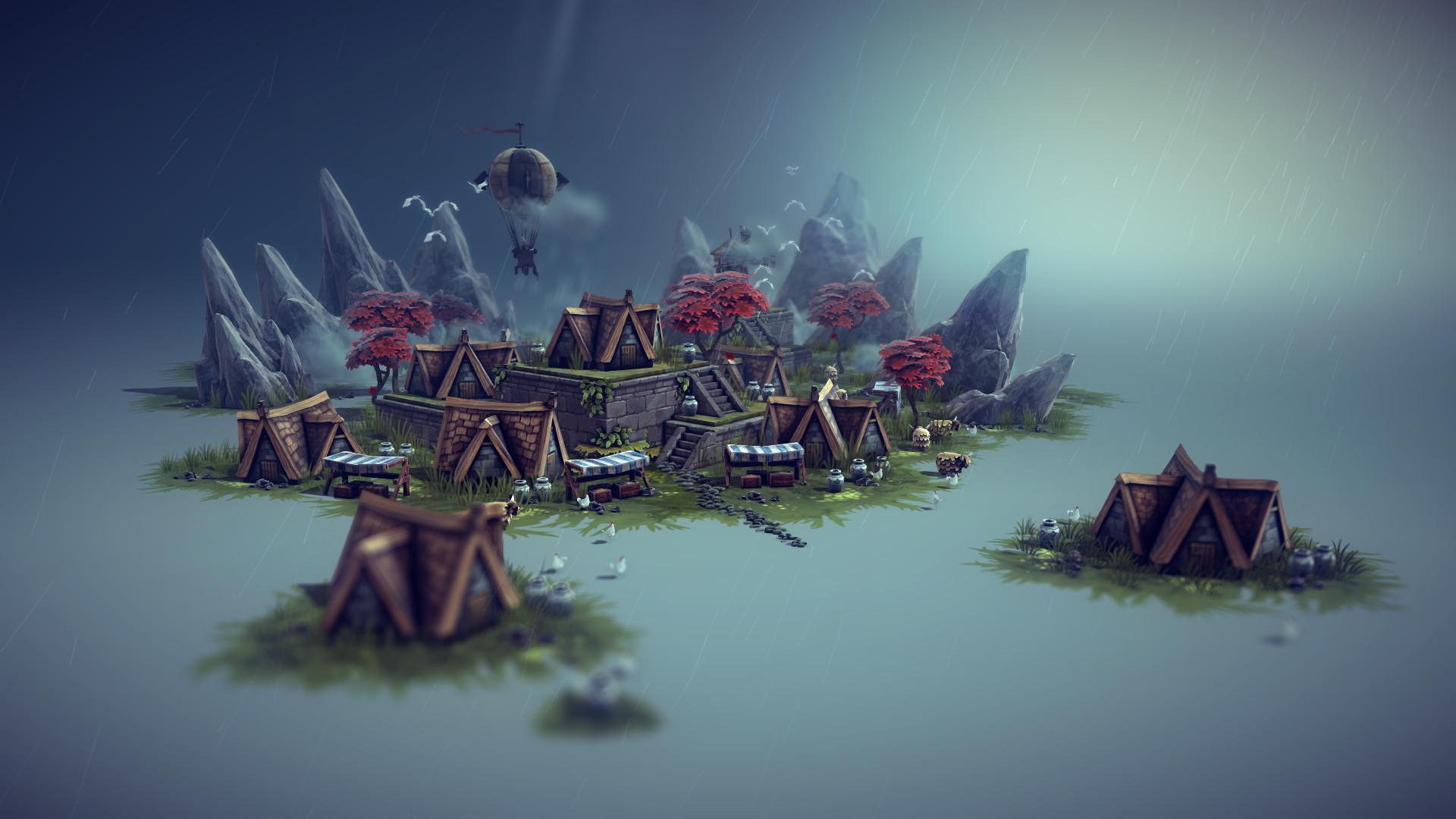
In this game, players build machines to destroy structures and other devices. The materials and connections in these machines can break if they’re stressed, teaching players to balance strength and stability. Everything moves and interacts realistically based on physics. Winning usually involves improving your creation to concentrate its power on the enemy’s vulnerable areas.
‘Hardspace: Shipbreaker’ (2020)

Salvaging spaceships involves carefully cutting open hulls along designated lines and sorting the materials. Before doing so, it’s crucial to safely release any pressure, fuel, or electricity to prevent dangerous incidents. Players use tethers and grapples to move large pieces around without crashing them into each other. The salvage yard keeps track of the value of recovered materials and charges fines for any damage, encouraging players to dismantle ships with precision.
‘Company of Heroes 3’ (2023)

Buildings and cover get damaged and destroyed by ongoing attacks, impacting how well soldiers can survive. Tanks can break through walls, creating new routes for maneuvering and capturing objectives. When structures are destroyed, they leave behind rubble which provides limited cover and changes how fights play out. In some game modes, this damage persists between missions, showing the effects of previous battles.
‘World in Conflict’ (2007)

Heavy artillery and airstrikes leave lasting damage on the battlefield, destroying cover over wide areas. Constant bombing collapses buildings, leaving soldiers exposed. Successful tactics depend on carefully timed attacks to eliminate enemy defenses. The resulting debris and craters change how troops move and what they can see.
‘MechWarrior 5: Mercenaries’ (2019)
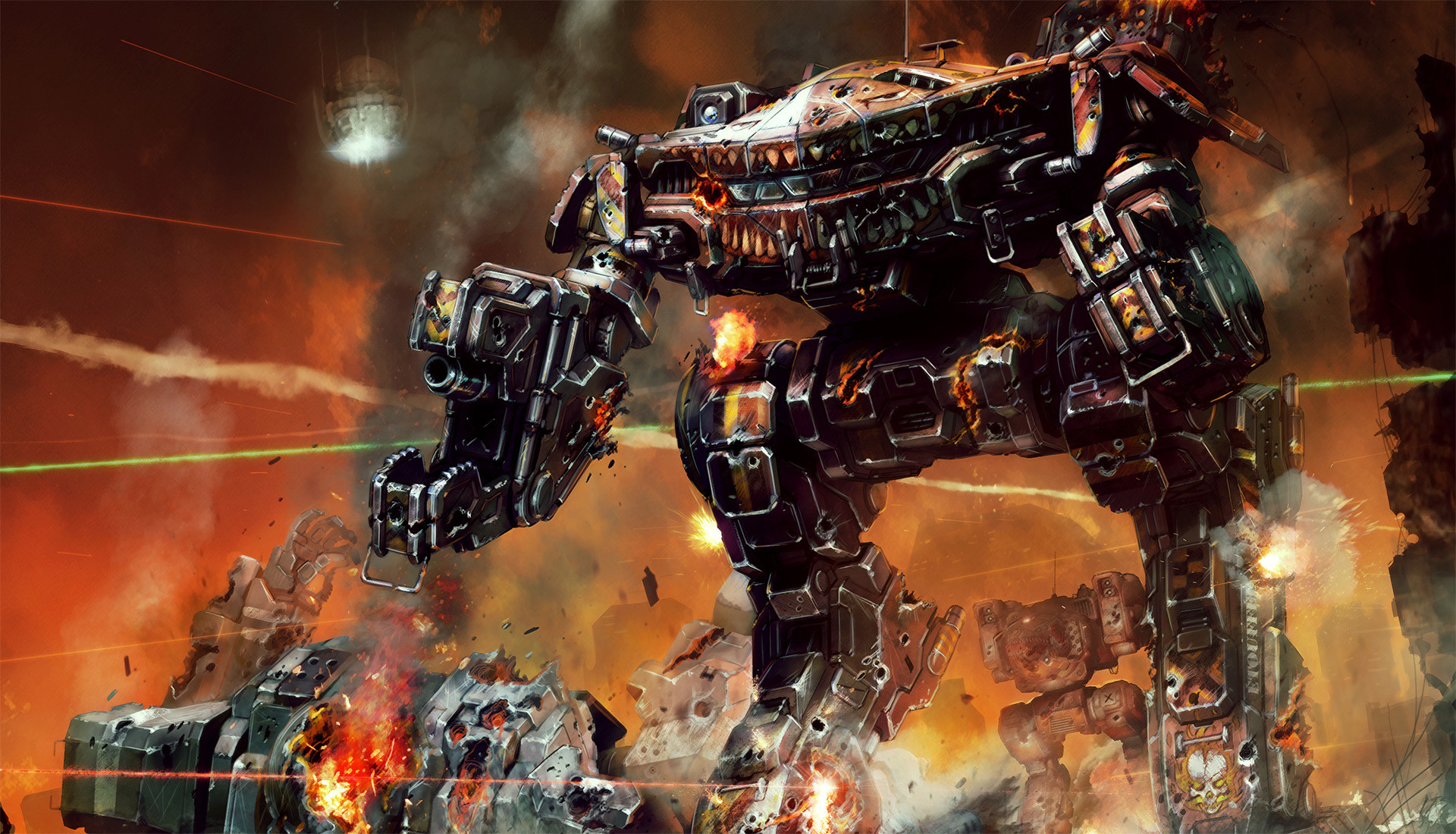
City maps allow powerful mechs to destroy buildings and smash through barriers during battles. However, any damage caused to the environment reduces your rewards, so being careful is important. The ability to destroy parts of the map also changes the battlefield, affecting how far you can see and shoot with long-range weapons. Many missions involve carefully destroying specific buildings that are guarded by enemy tanks and other armored vehicles.
‘Crackdown 3’ (2019)
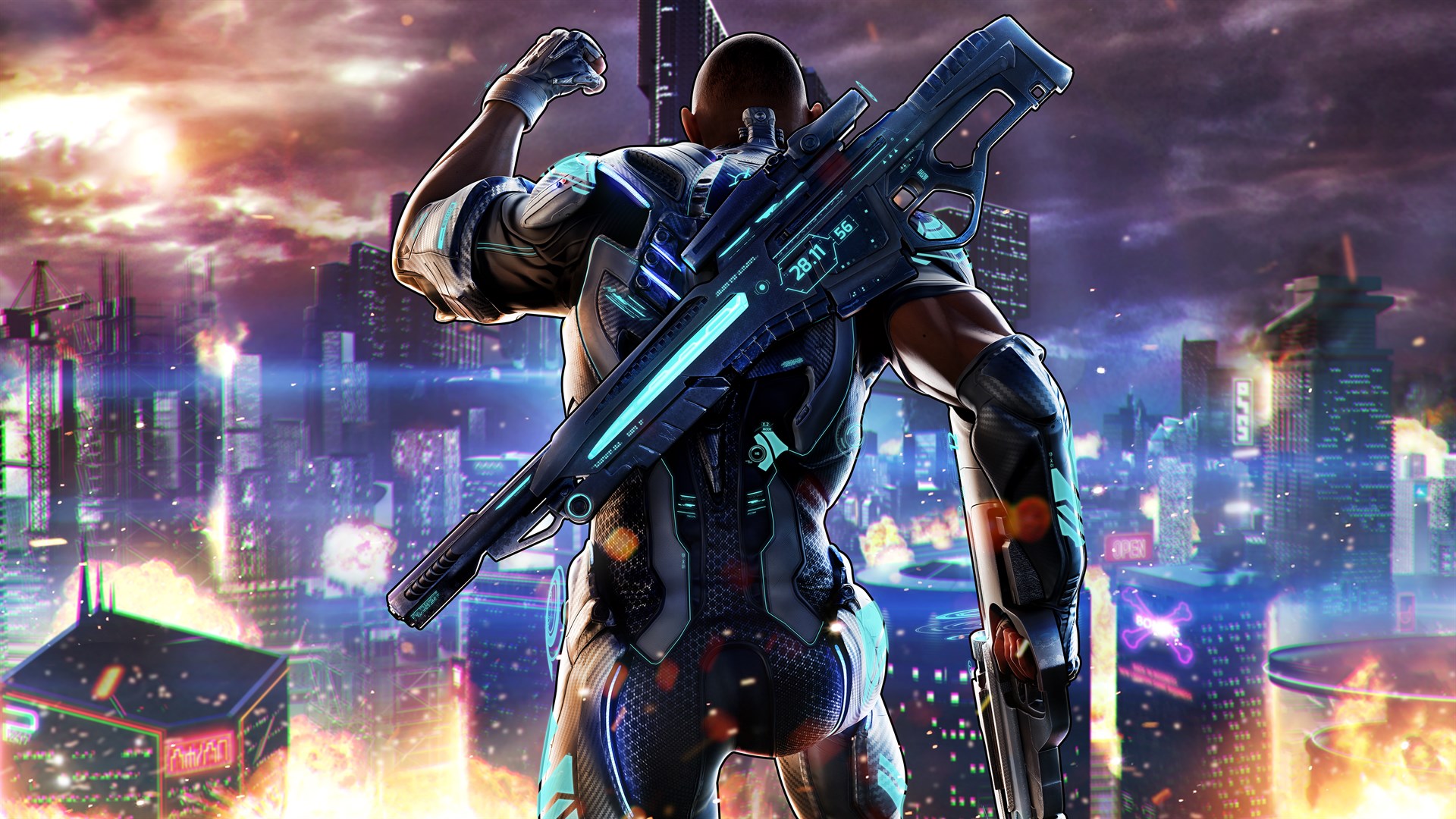
In competitive mode, players can demolish buildings, causing them to crumble into realistic debris. As players remove supports, structures weaken and eventually collapse. The game features dynamic environments where towers and other structures can fall during gameplay. The technology focuses on creating believable destruction with precise fragmentation and relies on server-side physics for accuracy.
‘Red Faction’ (2001)
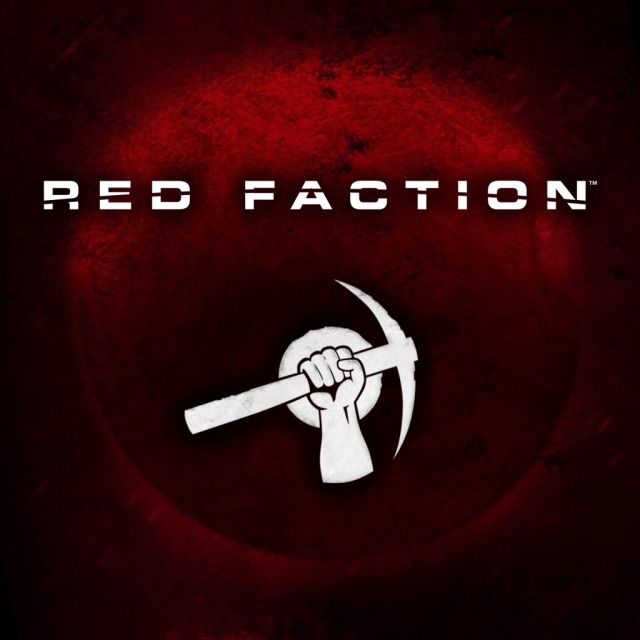
GeoMod lets players dig through rock and change the insides of levels. You can use explosives to create new paths, getting around locked doors or checkpoints. Levels are built so there’s more than one way to solve them, depending on how you dig. The game calculates how big the holes you make are based on the size of the explosion and the type of rock.
‘Burnout Paradise’ (2008)

When vehicles crash, they realistically crumple and break apart, with pieces flying off to show the force of the impact. The environment, like traffic and scenery, also breaks, opening up new routes. The game encourages players to cause big, spectacular crashes to earn more points. Throughout the game world, there are lots of objects you can destroy, rewarding players for exploring and skillfully taking things down.
Hey everyone, I’m curious – what games do you think have the best destruction? I’m always coming back to certain games just to mess around with the physics and blow stuff up, so let me know what games you love for their destruction and what kinds of destruction mechanics really grab you!
Read More
- Gold Rate Forecast
- Fed’s Rate Stasis and Crypto’s Unseen Dance
- Baby Steps tips you need to know
- WELCOME TO DERRY’s Latest Death Shatters the Losers’ Club
- Blake Lively-Justin Baldoni’s Deposition Postponed to THIS Date Amid Ongoing Legal Battle, Here’s Why
- Ridley Scott Reveals He Turned Down $20 Million to Direct TERMINATOR 3
- Global-e Online: A Portfolio Manager’s Take on Tariffs and Triumphs
- Dogecoin’s Decline and the Fed’s Shadow
- ETH to the Moon? 🚀 Or Just a Bubble?
- Top 10 Coolest Things About Indiana Jones
2025-11-18 05:46